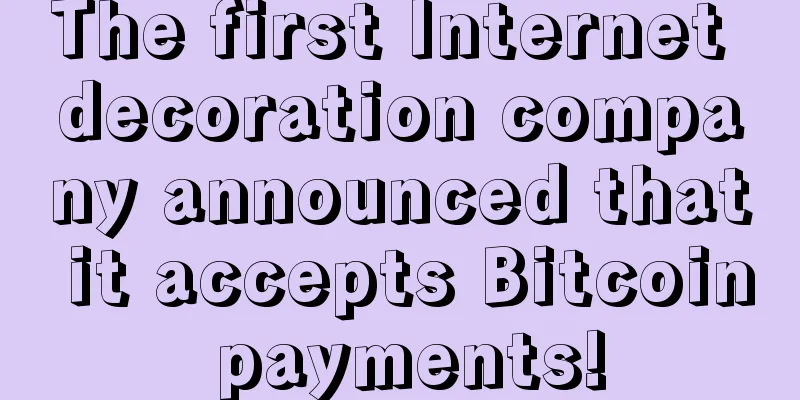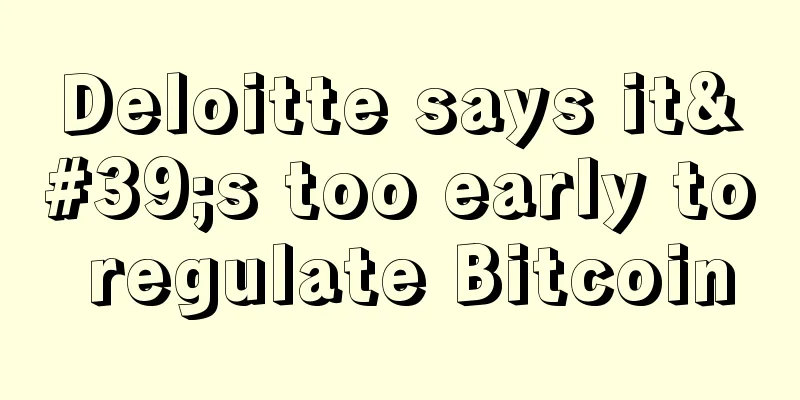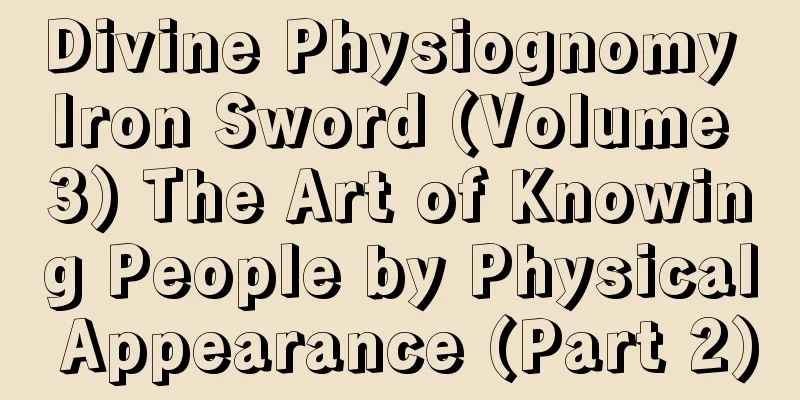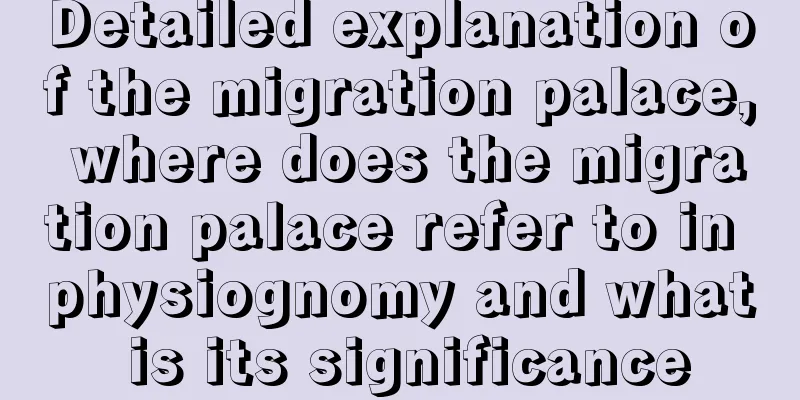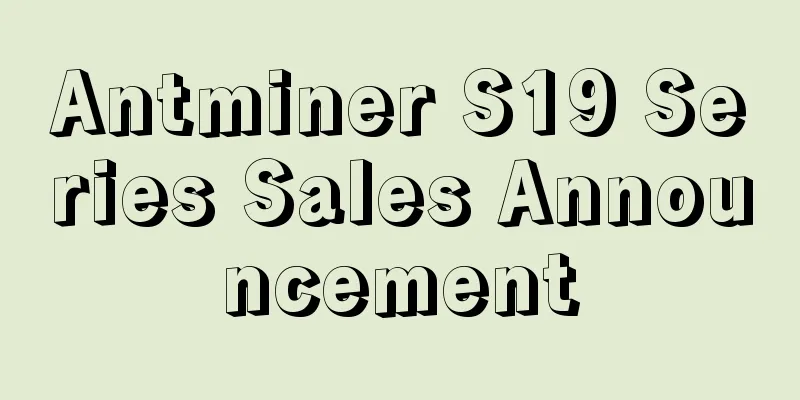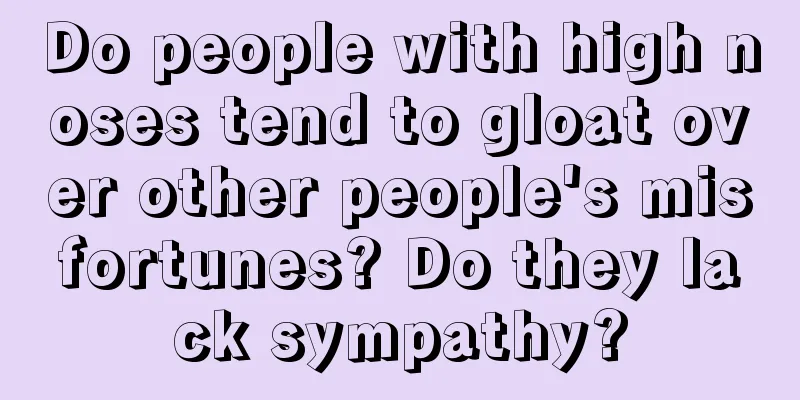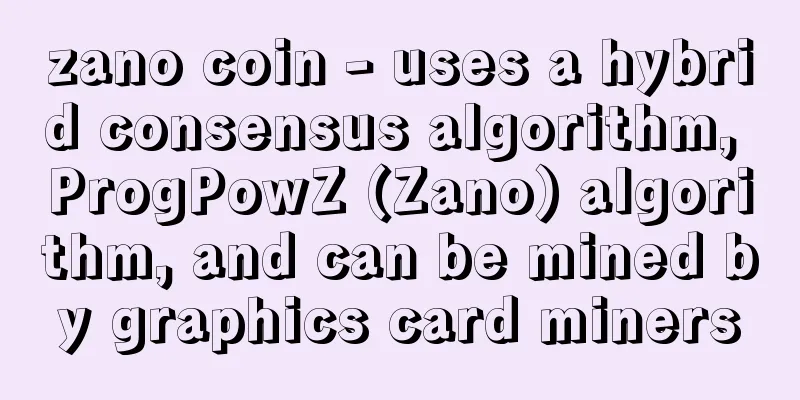LeEco bets on Stellar distributed ledger, cross-border payment applications may be the first to be implemented
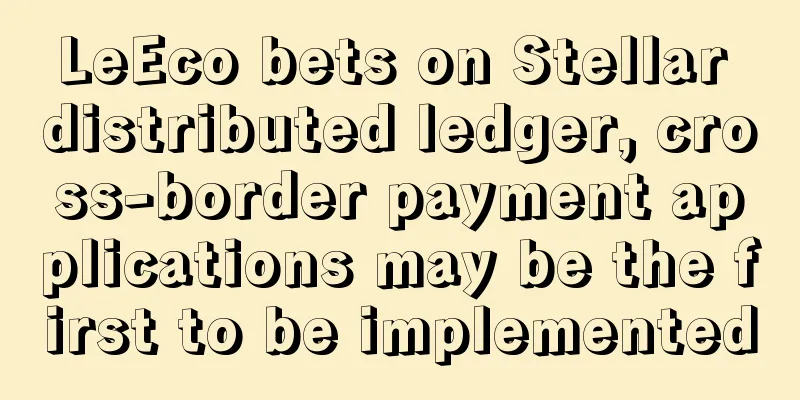
|
LeEco is like the Chinese version of Netflix, with businesses covering the mobile phone, TV and car markets, and it broke into the US market after acquiring American TV manufacturer Vizio. Unlike some Chinese technology giants, LeEco has ambitions to enter the international market. To achieve these ambitions, LeEco chose to embrace a creation similar to Bitcoin, which can quickly and cheaply realize cross-border transactions in any country's currency. The technology is called Stellar, an open-source payment protocol that is also backed by San Francisco startup Stripe. LeEco has set up a dedicated online payment company called LeFinance, and the service this subsidiary is currently building will use Stellar as a medium for businesses and consumers to transfer funds. Similar to Bitcoin, Stellar also provides a huge online ledger designed to oversee the transfer of funds from one end to another without relying on any central authority or government.
(Gao Linhui, founder of LeEco Financial Blockchain Lab) LeEco’s efforts are still in their early stages, and last week, Stellar founder Jed McCaleb flew to China to help promote LeEco’s project. Bitcoin's strongest supporters believe that blockchain technology fills the missing part of the Internet (currency) and allows trade to be free from the control of governments and banks. This dream is still a long way from being realized. But for now, the concept of blockchain may still have a place, and it has great potential in the cross-border transaction market. Cross-border transaction costs Currently, it’s expensive to conduct transactions across borders. The average cost of an international payment is between $ These are exactly the problems that Stellar is trying to solve. McCaleb was one of the earliest adopters of Bitcoin, but he realized that digital currency has limited appeal in developed regions in Europe and the United States because the electronic payment infrastructure in these regions is already very strong. He believes that the real potential market for blockchain is in developing countries and regions. (Jed McCaleb, founder of Stellar) A network of individual nodes is not very usefulToday, Stellar.org, a San Francisco nonprofit, announced that its Stellar payment network has connected to existing money transfer businesses in Europe, Africa, and the Philippines, including Tambo, the United Kingdom, and the Philippines. For Stellar to provide a truly global network, it needs partners to run these money transfer hubs (nodes). Barker said Stellar is very similar to another distributed payment network, Ripple, in that both are able to cut transaction costs, but this will only be effective if the protocols are widely adopted.
However, even the dream of blockchain-based international payments faces obstacles. Earlier this year, Stellar attempted to create a money transmission network in Nigeria, where only 35% of the population had access to traditional banking services, according to a 2014 report. Even so, the Nigerian central bank blocked the plan this summer, banning three large payment companies from providing money transfer services. Now, the central bank is slowly starting to relax those restrictions. Barker said the government has not really recognized the potential of these technologies. "I don't think the regulators understand," he said. Therefore, Barker and his company hope to change this situation. They actively discuss blockchain technology with European regulators and promote the Stellar project to enter the Philippines and China markets. According to the World Bank, the Indian market alone receives $64 billion more in overseas remittances each year than the Chinese market. Obviously, these developing countries and regions have a great demand for simpler and more economical cross-border remittance methods. If large companies such as LeEco can implement blockchain remittance applications, perhaps it will also catalyze other applications of blockchain technology. |
>>: The Qtum development team has integrated the POS 3.0 consensus mechanism into Bitcoin Core V0.13
Recommend
What is the fate palace?
I believe that many people are familiar with the ...
Coin Zone Trends: Bitcoin Price Trends Based on Big Data This Week (2017-04-14)
The bears are full of confidence while the bulls ...
ZebPay has accumulated 25% of its user base in one month
Rage Comment : India released and implemented a n...
Is the fate of a woman with upturned nostrils good?
Is the fate of a woman with upturned nostrils goo...
Is it good for a pretty woman to have a smooth relationship?
A woman with a miserable life is not necessarily ...
What does an ungrateful man look like? Are you such a man?
People's lives are not always smooth sailing....
Bitcoin price exceeds 10,000, Huaqiangbei mining machine dealers sigh in despair during the epidemic
Text|Hulian Pulse·Liangshan Huarong "We have...
Square face fortune telling diagram
Square faces are divided into square faces and re...
Generous and generous facial features
Generous and generous facial features What kind o...
Is it good for a woman with long second toes?
Is it good for a woman with long second toes? Wom...
Data shows that despite the drop in DeFi tokens, fundamentals remain at all-time highs
Since the recent highs, asset prices in the DeFi ...
3.4 billion yuan in liquidation across the network! "My friend didn't listen to my advice and shorted with leverage and went bankrupt!" Bitcoin price exceeded 180,000 yuan per coin
Amidst everyone’s astonishment, the advancing Bit...
Whether a man is rich or not can be seen from his face. Illustration of a rich man's face
1. Men with full and broad foreheads Generally sp...
Research: Prices of new mining machines surge 35% since November
According to the latest research from cryptocurre...
The face of an official who starts to engage in corruption
When many people talk about civil servants, they ...
